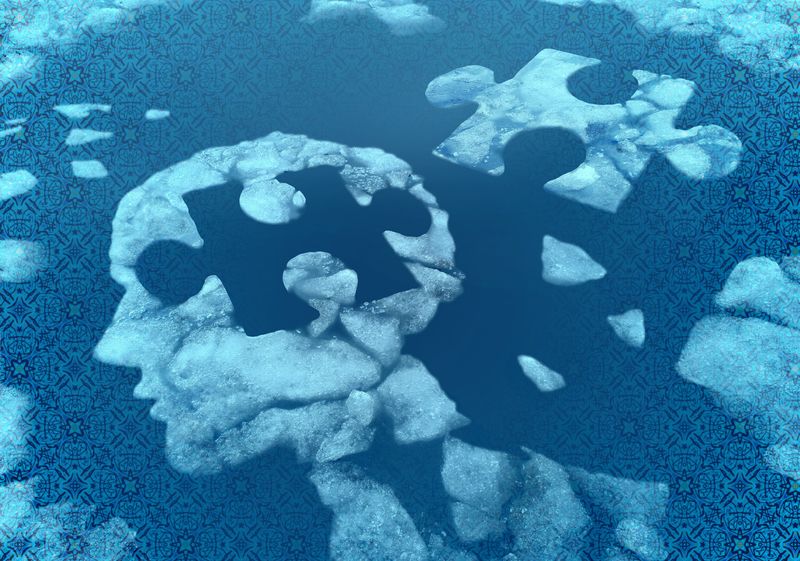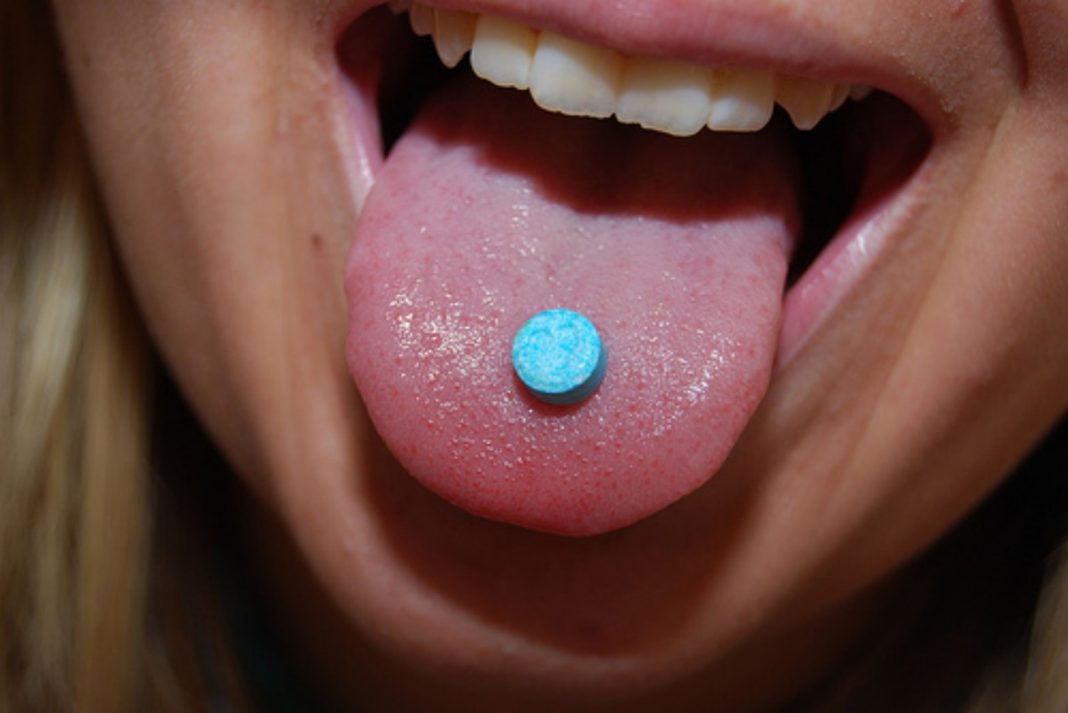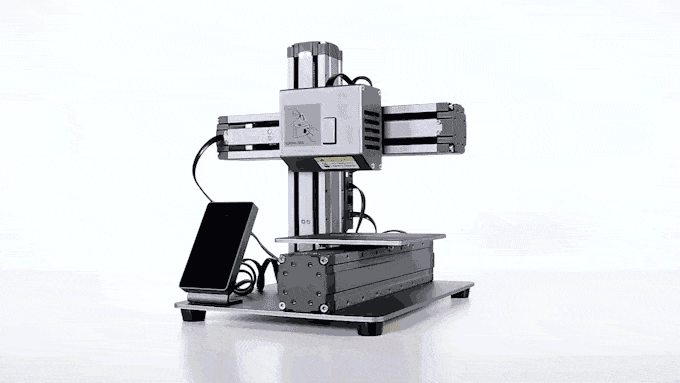Diagnosing depression in a patient and finding the exact treatment in which to give them is not an easy task. The thing that makes it so difficult is that there are so many variations of depression and so many variations of people that no single treatment will work the same for two different people. So the chances of your doctor finding the right treatment right away are relatively slim.
“It is currently complete primitive guesswork,” says Leanne Maree Williams, a professor at Stanford University. The two main treatments for depression at the moment are cognitive behavioral therapy (CBT) and antidepressant medicines, with both having a success rate of around 40 percent. The problem is there’s no guarantee that either will work.
However, scientists have now discovered a new technique that may just solve the problem. It’s similar to that of precision medicine, but instead, it’s in the form of precision psychiatry. According to the Diagnostic and Statistical Manual of Mental Disorders in order for someone to be formally diagnosed with depression, they must meet any five out of nine criteria.
The problem with this is that under this method, an insomniac who sleeps minimal amounts per night and is exhausted, anxious, fatigued, and experiencing weight loss gets the same diagnosis as someone who is oversleeping, gained weight, and feels displeasure in activities they previously enjoyed. “And yet those two people get the same label,” says Conor Liston, a research psychiatrist at Weill Cornell Medical College.
One thing that’s for certain is that something needs to be done. Depression is a serious problem, affecting 6.7 percent of Americans alone. The trouble is that the reason behind the depressive episode can vary so much. One type of depression may be because of a misalignment of our body’s biological clock, and another may be due to hereditary factors.
“There’s a feeling of frustration that I share with most psychiatrists that a lot of our work is trial and error,” says Liston. He continues, “And so it’s frustrating not to have more objective data to drive our decision-making.” Using machine learning techniques and other artificial intelligence, Liston has been able to examine brain scans for evidence of subtypes of depression.
During his research, Liston collected 1,118 scans – 458 from people diagnosed with depression. The computer distinguished, with an 84 percent accuracy, the brain pattern of those that were depressed and those that were not. Then, they took this one step further and asked the computer: Are there patterns of brain activity that distinguish the depressed patient?
Four subtypes were identified, and all differed in the way in which patients experienced depression symptoms – anxiety and anhedonia (lack of pleasure). “One subtype was anhedonic and anxious, another was mostly anhedonic, another was mostly anxious,” advised Liston. This is great news for doctors because if you can diagnose depression using a brain scan, you can tailor treatment to suit the individual.
One study that’s trying to get to the bottom of this involved 122 depression patients that were either given medication in the form of a SSRI or an SNRI or instructed to undergo cognitive behavioral therapy. The patients were monitored over a period of twelve weeks to see of there was any marked improvements for the patients.
“The type of brain that responds to psychotherapy is where there’s a strong pattern of connectivity between the frontal areas of the brain, which are involved more in thinking, talking, and problem-solving, etc.with, with other portions of the brain,” says W. Edward Craighead, a psychologist at Emory University. “Whereas people who have low connectivity – the opposite pattern – respond to the medication.” Moving forward, more work is underway that will involve scanning participant brains then assigning treatment based on what the scan indicates. However, it’s still a little early to be used clinically. But at least it’s a step in the right direction and should give those suffer from depression hope that just because one treatment doesn’t work for them, doesn’t mean to say there’s not one out there that will. So now, it’s just a case of locating it and with thanks to this new method that may have just got a whole lot easier.
Related Links;
- Treating depression is guesswork. Psychiatrists are beginning to crack the code / VOX
- Functional Connectivity of the Subcallosal Cingulate Cortex And Differential Outcomes to Treatment With Cognitive-Behavioral Therapy or Antidepressant Medication for Major Depressive Disorder / American Journal of Psychiatry
More News to Read
- New Cancer Treatment May Be Having the Reverse Effect on Some Patients
- Reusable Rockets are the New ‘In Thing’ Apparently, Russian Wants Them too
- The Event Horizon Telescope Aims to Capture an Image of a Black Hole
- Can We Forecast Global Dust Storms on Mars?
- Can the New ” Light Phone ” Cure Our Smartphone Addiction?











